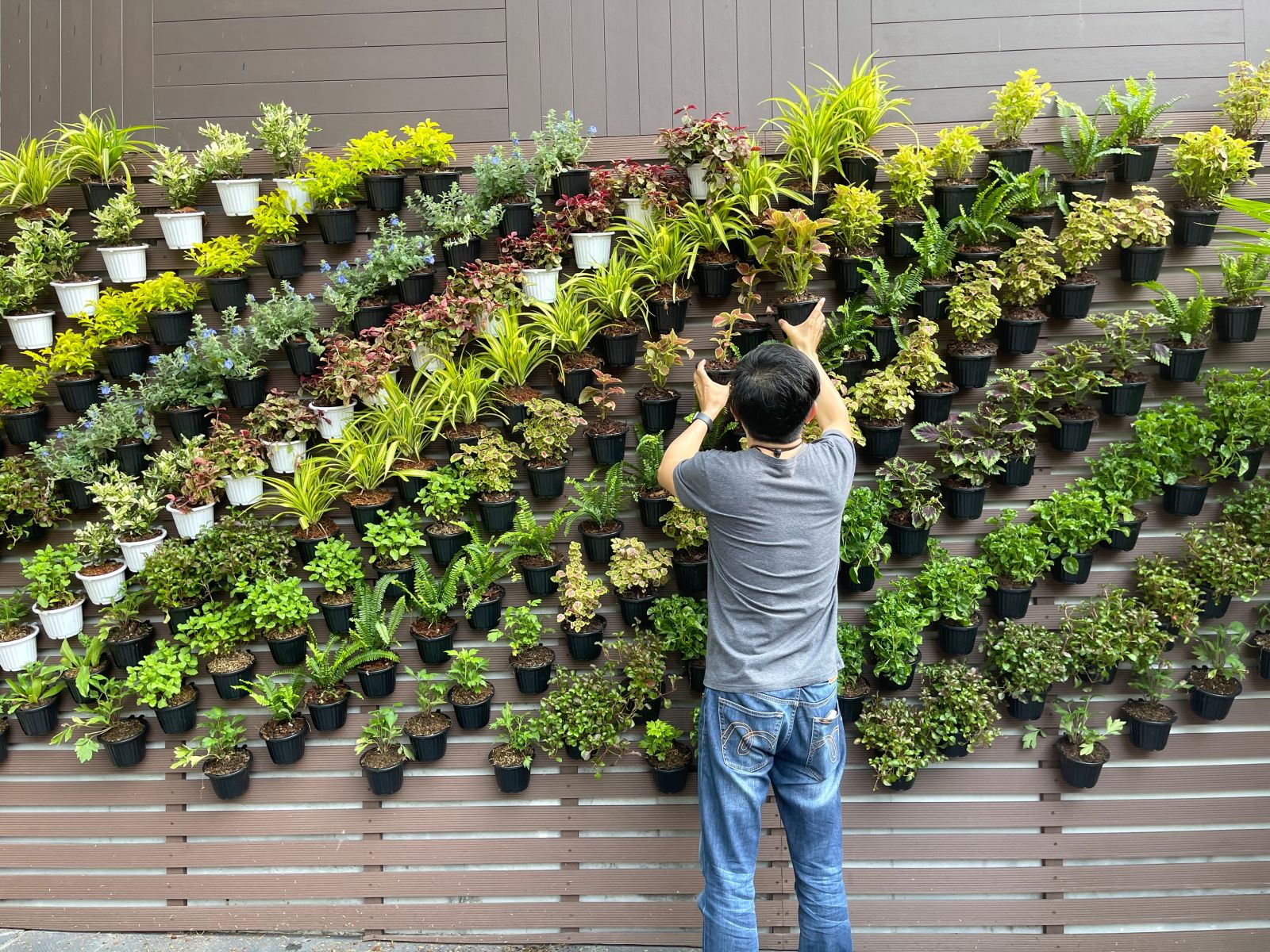The Benefits of Vertical Gardening
Discover how vertical gardening can maximize space, enhance aesthetics, and promote sustainability in urban and small-scale gardening.

Introduction to Vertical Gardening
Vertical gardening is an innovative approach to gardening that maximizes space by growing plants upward rather than outward. This method is particularly beneficial for urban dwellers or anyone with limited horizontal space. By utilizing walls, trellises, or stacked containers, gardeners can cultivate a variety of plants in a small footprint. Vertical gardens can be both aesthetically pleasing and highly functional, offering a practical solution for growing herbs, vegetables, and flowers. This technique not only enhances the visual appeal of a space but also contributes to improved air quality and insulation. As urbanization continues to rise, vertical gardening provides an effective way to bring greenery into compact living environments, making it a popular choice for modern gardeners.
Space Efficiency
One of the most significant advantages of vertical gardening is its ability to maximize space. In densely populated urban areas, traditional gardening methods may not be feasible due to limited yard or balcony space. Vertical gardening allows individuals to grow a diverse range of plants without requiring extensive ground area. By using walls, fences, or specially designed structures, gardeners can transform even the smallest spaces into lush, productive gardens. This efficient use of space enables city dwellers to enjoy the benefits of gardening, such as fresh produce and beautiful flowers, without the need for a large garden plot. Vertical gardening also encourages creativity in design, allowing for personalized and innovative plant arrangements.
Improved Plant Health
Vertical gardening can lead to healthier plants by improving air circulation and reducing the risk of soil-borne diseases. When plants are grown vertically, air can flow more freely around them, which helps prevent the buildup of moisture that can lead to mold and mildew. Additionally, elevating plants off the ground reduces their exposure to pests and soil-related diseases, promoting overall plant health. The improved airflow also aids in pollination and can result in more robust growth. Vertical gardens can be designed to optimize sunlight exposure, ensuring that each plant receives adequate light for photosynthesis. This careful management of plant conditions often leads to higher yields and more vibrant growth.
Accessibility and Maintenance
Vertical gardens offer enhanced accessibility and ease of maintenance, making them an ideal choice for gardeners of all ages and abilities. By elevating plants to a more manageable height, vertical gardening reduces the need for bending or kneeling, which can be challenging for individuals with mobility issues. This accessibility also simplifies tasks such as watering, pruning, and harvesting, making gardening more enjoyable and less labor-intensive. Moreover, vertical gardens can be designed to incorporate automatic watering systems or self-watering planters, further reducing maintenance requirements. The compact and organized layout of a vertical garden also makes it easier to spot and address issues such as pests or diseases promptly.
Aesthetic Appeal
Beyond functionality, vertical gardens offer significant aesthetic benefits. They can transform bland walls or fences into vibrant, living works of art, enhancing the overall appeal of a space. The vertical arrangement allows for creative and diverse plant combinations, enabling gardeners to experiment with different colors, textures, and patterns. This artistic aspect of vertical gardening can be tailored to suit any style, from modern and minimalist to lush and tropical. Vertical gardens can also serve as natural privacy screens or sound barriers, adding both beauty and utility to residential or commercial spaces. Their ability to soften harsh architectural lines makes them a popular choice for urban beautification projects.
Environmental Impact
Vertical gardening contributes positively to the environment by increasing green space and promoting biodiversity in urban areas. Plants in vertical gardens help improve air quality by absorbing carbon dioxide and releasing oxygen, while also capturing dust and pollutants. The presence of greenery can moderate temperatures, providing natural insulation and reducing the urban heat island effect. By encouraging the growth of a variety of plant species, vertical gardens support local ecosystems and provide habitats for beneficial insects and pollinators. This sustainable approach to gardening aligns with environmental conservation efforts and helps mitigate the effects of urbanization on natural habitats.
Versatility and Innovation
The versatility of vertical gardening is one of its most appealing features. It can be adapted to suit any space or budget, from simple DIY projects to elaborate professional installations. Vertical gardens can be created using a variety of materials, including recycled items, which makes them an eco-friendly option. Innovations in vertical gardening technology continue to expand the possibilities, with advancements in hydroponic systems, modular panels, and automated maintenance solutions. These innovations make vertical gardening accessible to a wider audience and allow for more efficient and productive gardens. Whether you're an experienced gardener or a beginner, vertical gardening offers endless opportunities for creativity and experimentation.